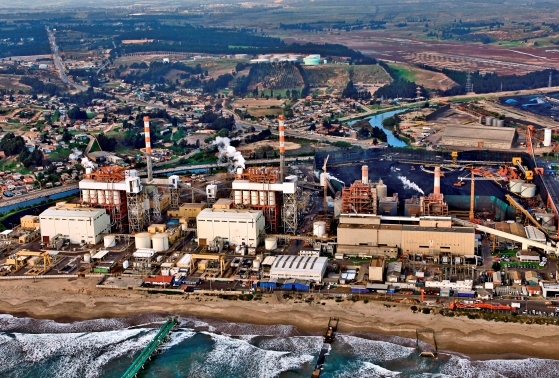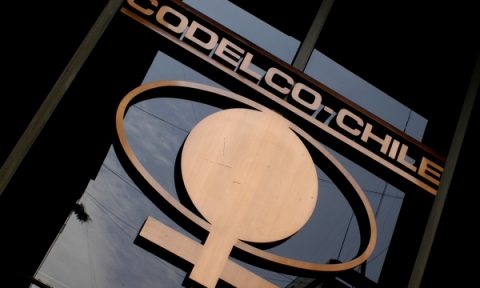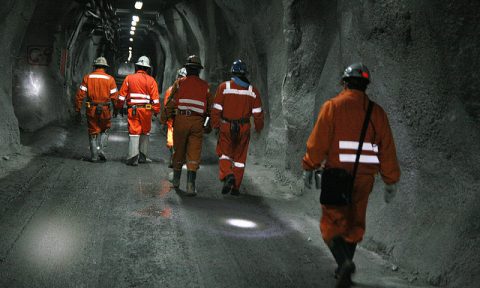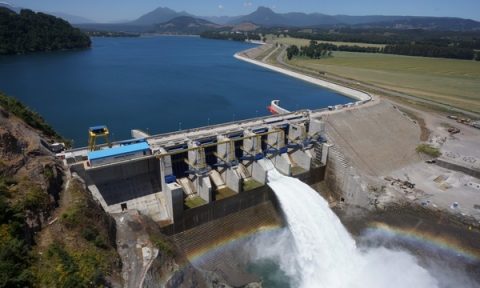Thermoelectric represent 53% of the contribution to the SIC and costs will exceed estimates

Thaws were lower than expected, thus affecting a smaller proportion of water in the central system and average prices of US $ 125.23 MWh for free customers.
Surprising and against all odds in the market. So are the projections for the power sector in the next 12 months recently published by the Center for Economic Dispatch Central (CDEC-SIC) .
Until recently this year rainfall estimates nourished pointing to the system would leave behind four consecutive years with dry hydrological conditions, leading to an average hydrology. But last week the CDEC-SIC published forecast for the 2014-2015 thaw season and the results are not encouraging. As the document states, this year will show dry conditions from the Maule basin to the north, while in the basins of Laja and Biobío will exhibit normal to dry range.-
In August, industry experts expected a closer to normal or average hydrological conditions. They felt that this would impact on the hydro generation explain 53% of the energy of the SIC in the next twelve months. But under the new scenario projection was reversed and that percentage of power consumption will be supplied by thermal power plants, said the CDEC-SIC. Thus, in the next 12 months represent hydropower 42%, 3% wind and solar energy 2% of the total energy supplied to the system.-
The report from the dispatch center, which is responsible for determining which plants that inject energy into the system as efficiency criteria are referred to the supply situation of the system under different hydrological conditions: wet, average and dry. Concludes that none of these scenarios exist electricity supply problems.
Free energy costs for customers not fall
Between September 2013 and August 2014, the average marginal cost of power was US $ 126.28 per MWh. Meanwhile, since September this year to October 2015, the average will be US $ 125.23 per MWh in Quillota 220 line, a bar or section representative of the total system, explained in the CDEC-SIC. As seen, the decline in these values will be almost imperceptible.-
Marginal costs are sales values of energy between generators in the spot market. A greater proportion of rainfall directly affects directly in a more hydroelectric generation and, therefore, in energy prices, since this source is cheaper than the rest.-
The waterfall recorded in recent times in the country resulted in optimism shares for various sectors. So much so that while the economic slowdown in recent times has pushed the balance sheets and stock prices of several companies in the local market, other firms exhibited positive results in the price of their papers. The latter include electrics, by the largest margin that emerges from the spot sale of power generated from water, ie, at lower cost.-
In August, according to market estimates, the marginal costs would be the lowest since 2009, but according to data from CDEC-SIC, this assumption would be more difficult to implement than expected due to the lower melting mentioned.-
A difficult goal
One of the seven major goals of the Energy Agenda proposed by the government of Michelle Bachelet and led by the Minister of Energy, Maximo Pacheco, is to reduce the marginal costs of electricity during the period of government by 30% in the SIC. This, so that an average marginal cost in 2013 of US $ 151.36 MWh happens less than one US $ 105.96 MWh in 2017.-
Electrical industry experts have warned that this goal is unrealistic, especially the shortage of base energy projects of lower cost than would fulfill it within the time specified. In April, the work plan of the National Energy Commission (CNE), was only specified a coal project under construction in the SIC (Guacolda 05 152 MW), and another LNG (Cordillera 50 MW).-
Source: El Mercurio













